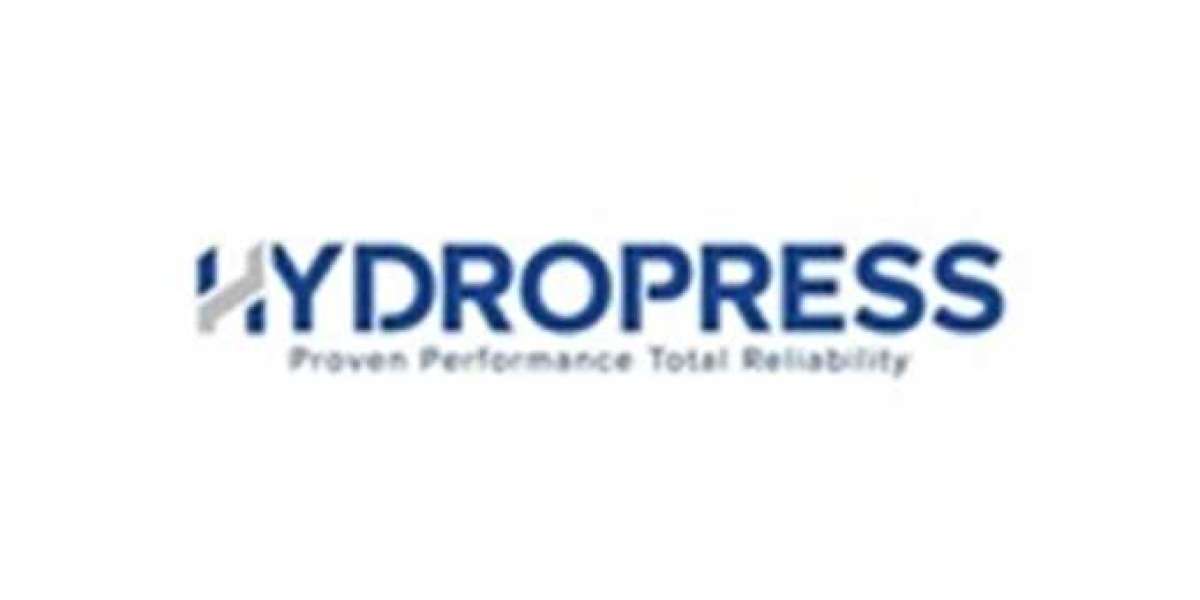The Utility Poles Market size was valued at USD 33.15 billion in 2022 and is expected to grow to USD 54.04 billion by 2030 and grow at a CAGR of 6.3% over the forecast period of 2023–2030.
Market Overview
Utility poles are essential for carrying electric transmission and distribution lines, telecommunications lines, and street lighting. With the global push toward sustainable and resilient infrastructure, utility poles are seeing heightened demand in both developed and emerging markets. This market growth is also driven by urban expansion, electrification projects, and the need for reliable power distribution in remote areas.
Market Segmentation
The Utility Poles Market is segmented by type, material, pole size, application, and region, allowing for tailored solutions to meet the diverse requirements of power distribution, telecommunications, and lighting.
By Type
- Transmission Poles: Used for high-voltage power lines that transmit electricity over long distances.
- Distribution Poles: Carry lower voltage lines that distribute power to residential, commercial, and industrial users.
Transmission poles hold a significant market share due to the increasing need to connect renewable energy sources and the expansion of high-voltage networks globally.
By Material
- Wood: Commonly used due to its cost-effectiveness and easy availability.
- Composites: Known for their lightweight, durability, and resistance to weathering, making them suitable for harsh environments.
- Concrete: Often preferred for their strength and low maintenance, especially in urban and industrial areas.
- Steel: Gaining popularity for high-voltage applications due to its superior strength and ability to withstand extreme weather conditions.
Composite and steel utility poles are witnessing increased demand, particularly in areas prone to hurricanes, wildfires, and other extreme weather events, due to their durability and resilience.
By Pole Size
- Below 40ft: Typically used in residential areas for distribution lines and street lighting.
- Between 40 70ft: Suitable for medium voltage lines in suburban and urban areas.
- Above 70ft: Used in transmission lines and sub-transmission networks, particularly in areas requiring long-distance power transmission.
Utility poles between 40 and 70 feet dominate the market, as they meet the requirements for both urban and suburban areas.
By Application
- Telecommunication: Supporting telecom infrastructure in rural and urban areas.
- Energy Transmission Distribution: Essential for the delivery of electricity to homes, businesses, and industries.
- Sub-Transmission Lines: Carrying medium voltage power over moderate distances.
- Heavy Power Lines: For large-scale power distribution to industrial zones.
- Street Lighting: Providing public lighting for roads, highways, and pedestrian areas.
- Others: Including security systems, traffic lights, and additional utility installations.
Energy transmission and distribution applications hold the largest share due to ongoing projects aimed at enhancing the reliability of power grids and integrating renewable energy.
Regional Analysis
The Utility Poles Market is geographically segmented into North America, Europe, Asia-Pacific, Latin America, and the Middle East Africa.
- North America: Investments in modernizing aging grid infrastructure, coupled with the expansion of renewable energy sources, are key drivers in the region. The United States is particularly active in replacing wooden poles with composite or steel alternatives to enhance durability and meet regulatory standards.
- Europe: The push for renewable energy integration and smart grid technology is supporting growth in the utility poles market across Europe. Countries like Germany, France, and the United Kingdom are advancing their infrastructure to accommodate wind and solar energy sources.
- Asia-Pacific: Rapid industrialization, urbanization, and increasing demand for electricity are driving the market in this region. Major players in China, India, and Japan are focused on expanding power networks to rural and remote areas, boosting the demand for various types of utility poles.
- Latin America: The growing need for reliable power in both urban and rural areas, along with the expansion of renewable energy projects, is supporting market growth in countries like Brazil, Mexico, and Argentina.
- Middle East Africa: Electrification projects, often funded by governmental and international organizations, are expanding power access in remote areas. Additionally, the development of energy transmission networks across this region is expected to support market growth.
Current Trends
- Transition to Composite and Steel Materials: The trend of replacing wooden poles with composite and steel materials is increasing, especially in regions facing extreme weather conditions. Composite poles are lightweight, durable, and offer high resistance to corrosion, while steel poles provide superior strength.
- Rise of Smart Utility Poles: Smart poles integrated with IoT technology are becoming more common, enabling utilities to monitor network conditions in real time and enhance energy distribution efficiency.
- Renewable Energy Integration: Utility poles are being adapted to accommodate renewable energy sources like wind and solar, which require robust transmission networks. This trend is particularly noticeable in Europe and North America.
- Focus on Climate Resilience: Many regions are prioritizing climate-resilient infrastructure, leading to increased investments in utility poles designed to withstand fires, storms, and other natural events.
- Urbanization and Rural Electrification: The need for reliable power distribution in both urbanized and rural areas is spurring demand for utility poles across diverse applications, from street lighting to telecommunications.
Read Complete Report Details of Utility Poles Market: https://www.snsinsider.com/reports/utility-poles-market-3097
Conclusion
The Utility Poles Market is poised for growth as global economies invest in modern, resilient power infrastructure. As demand for renewable energy rises and grid modernization initiatives continue, utility poles will remain a fundamental component of energy transmission and distribution networks. With ongoing advancements in materials and technology, the market is expected to see innovation that enhances both pole durability and functionality in the years ahead.
About Us:
SNS Insider is a global leader in market research and consulting, shaping the future of the industry. Our mission is to empower clients with the insights they need to thrive in dynamic environments. Utilizing advanced methodologies such as surveys, video interviews, and focus groups, we provide up-to-date, accurate market intelligence and consumer insights, ensuring you make confident, informed decisions.
Contact Us:
Akash Anand — Head of Business Development Strategy
info@snsinsider.com
Phone: +1–415–230–0044 (US) | +91–7798602273 (IND)











